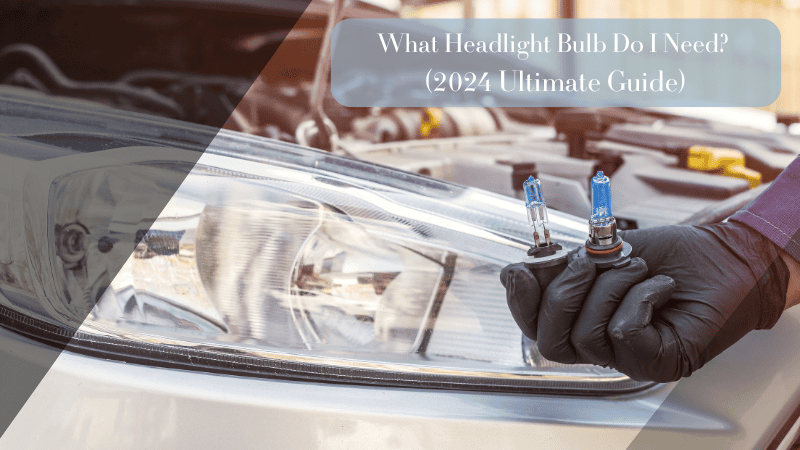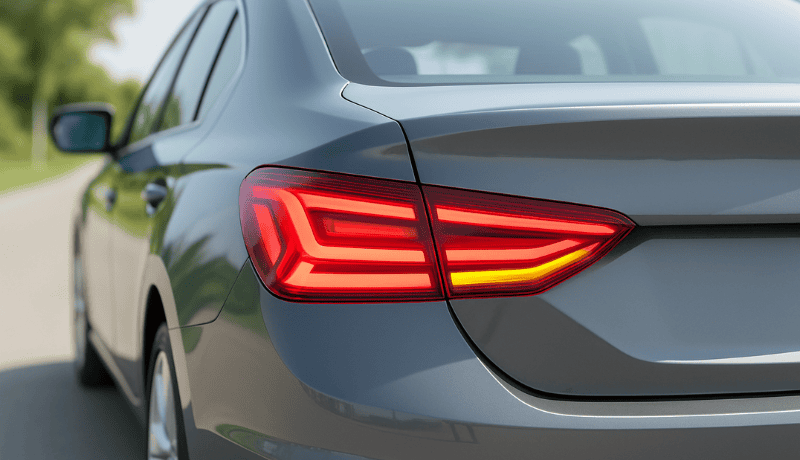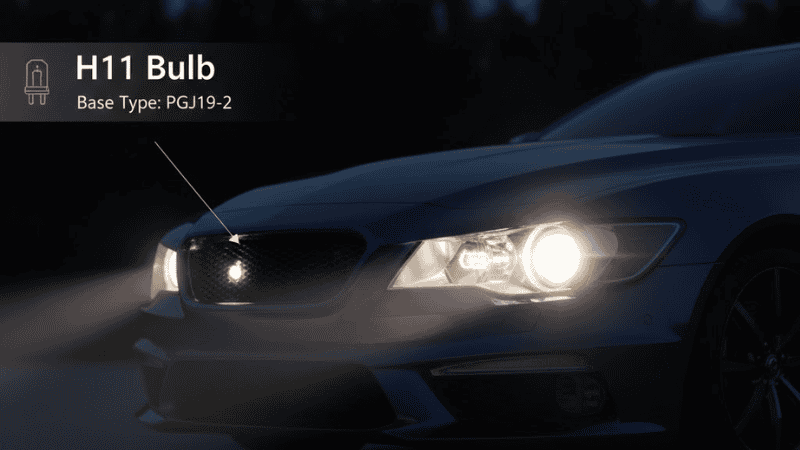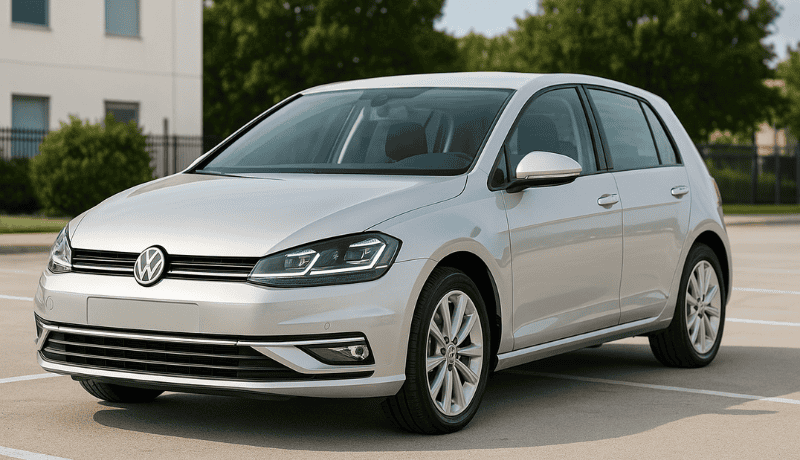Choosing the right headlight bulbs can be overwhelming, with so many options available. Halogen, LED, and HID each have their own advantages and fit different needs. Understanding the differences in price, lifespan, colour, and energy efficiency is crucial for making the best choice.
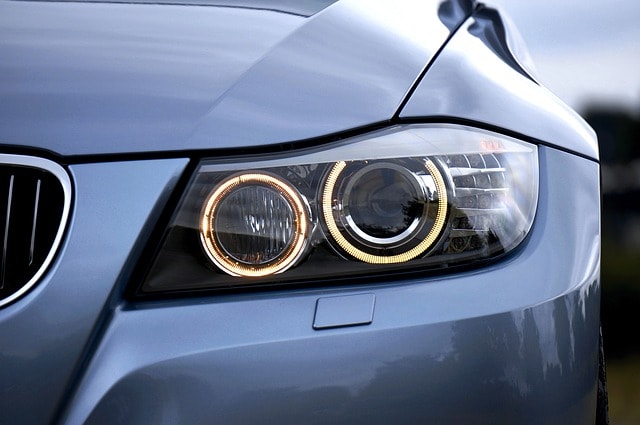
This guide simplifies the process and helps you select the right bulbs that best suit your car. Learn about automotive lighting and determine how your headlights can be replaced. Read on to find the perfect fit for your car.
Understanding Headlight Bulbs
Halogen Headlight Bulbs
Halogen bulbs use a tungsten filament enclosed in glass capsules. The capsules contain halogen gas. When electrical current passes through the filament, it heats up and emits light. The halogen gas helps redeposit evaporated tungsten back onto the filament, maintaining brightness and extending bulb life.
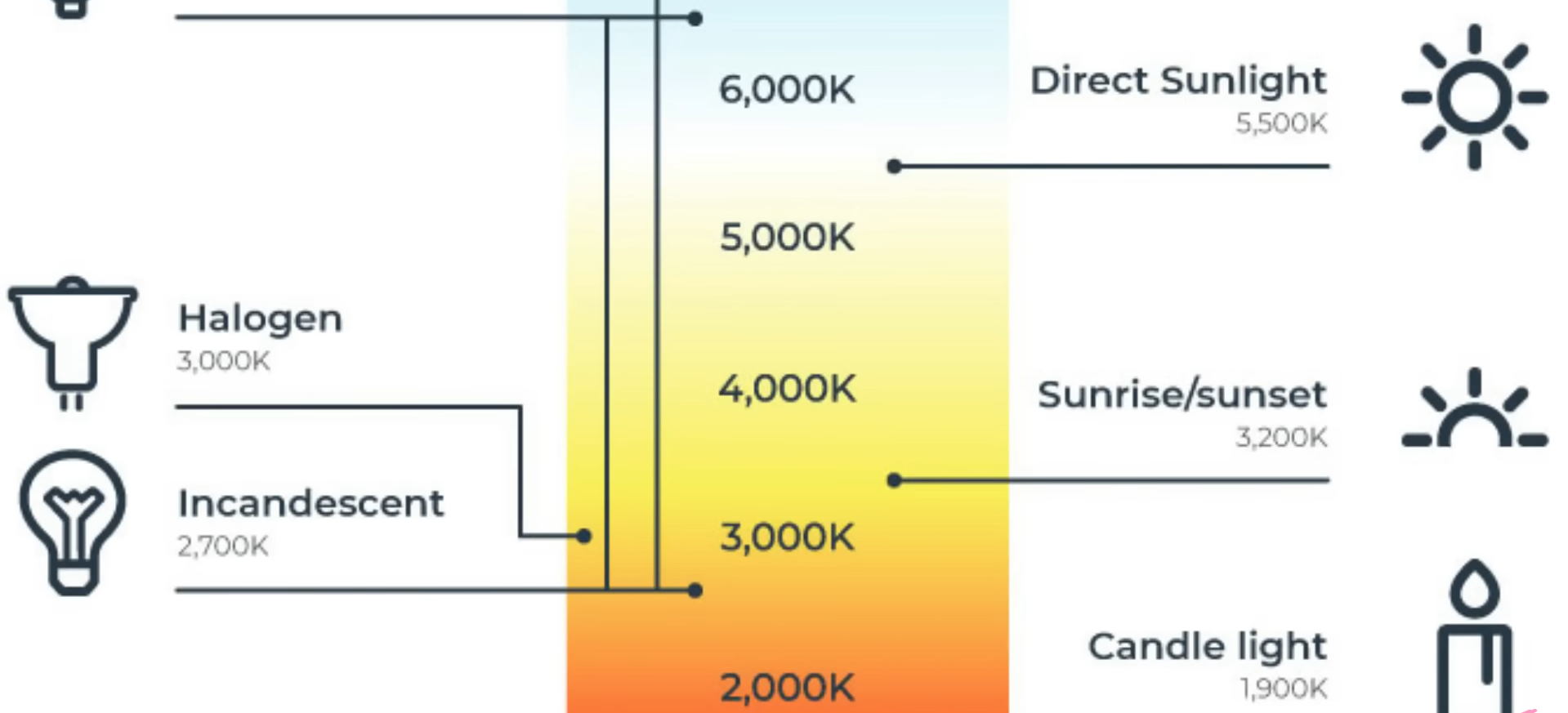
Advantages:
- Affordability: Halogen bulbs are the most cost-effective option.
- Easy Replacement: They are simple to install and replace.
Disadvantages:
- Shorter Lifespan: Typically lasts around 1,000 hours.
- Lower Efficiency: Less energy-efficient compared to LED and HID bulbs.
- Short Range: Only about 80-100 feet.
- Yellowish Light: Produces a warmer, less intense light that can be less effective for night driving.
Distinct Features:
- Common and Widely Available: Easily found in most auto parts stores.
- Basic Technology: The simplest form of headlight technology.
LED Headlight Bulbs
LED (light emitting diode) bulbs produce light by using light-emitting diodes (LEDs). Electrical current passes through a semiconductor, which emits light through electroluminescence. LEDs do not require a filament or gas, making them highly efficient.

Advantages:
- Energy Efficiency: Consumes less power compared to halogen and HID bulbs.
- Long Lifespan: Lasts between 30,000 and 50,000 hours.
- Bright, White Light: Provides superior visibility at night with a cooler, more daylight-like color.
- Range: Depending on the model, these lights will illuminate 200-300 meters ahead.
Disadvantages:
- Higher Initial Cost: Higher upfront cost compared to halogen bulbs.
- Complex Installation: LED lights may require additional components or modifications depending on the vehicle.
Distinct Features:
- Advanced Technology: Offers modern, high-performance lighting.
- Low Heat Emission: Generates less heat, reducing strain on car components.
HID (High-Intensity Discharge) Headlight Bulbs
HID or Xenon headlights generate light through an electrical arc between two electrodes within a gas-filled chamber, usually containing xenon gas. This arc excites the xenon, producing a bright, bluish-white light.
Advantages:
- High Brightness: Delivers a very bright light that enhances visibility.
- Longer Lifespan: Typically lasts between 2,000 and 10,000 hours.
- Distinctive Glow: Produces a cooler, bluish-white light that improves nighttime visibility.
Disadvantages:
- Cost: Higher price compared to halogen bulbs, though generally less than LEDs.
- Complex Installation: Often requires a ballast and may need professional installation.
- Potential Glare: An HID headlight bulb can cause glare for other drivers if not correctly aligned.
Distinct Features:
- Powerful Illumination: Offers intense, focused light for better road visibility.
- Unique Color Temperature: Known for its distinctive bluish-white glow.
Choosing the Right Headlight Bulb for Your Vehicle
Determining the Correct Bulb Type and Size
Determining the correct headlight bulb type and size is essential for ensuring proper fit and functionality. Follow these key steps to identify the right bulb for your vehicle:
Check Your Owner’s Manual:
Your vehicle’s owner’s manual is the most reliable source for identifying the correct headlight bulb type and size. It provides specific details on your car’s bulb requirements to assist you in purchasing the exact fit needed.
Use an Online Vehicle Bulb Finder:
Many automotive websites offer online vehicle bulb finders. By entering your vehicle’s year, make, and model, these tools can quickly provide you with the correct bulb size and type. This method is convenient and efficient, especially if you prefer a digital solution.
Inspect Your Existing Bulb:
If you prefer a hands-on approach, you can remove your current headlight bulb to check for markings or labels that indicate the bulb type and size. Handle the light bulb carefully to avoid damage, and note any identifying numbers or letters.
Tips
Double-Check Compatibility:
Even if you find the bulb size online, it’s always prudent to double-check with your vehicle’s manual or consult a trusted automotive professional. This extra step helps ensure that you select the correct bulb type and avoid potential issues.
Consider Upgrading:
If you’re replacing your headlights, it may be worth considering an upgrade to a more efficient or brighter bulb type, such as LED or HID, if it’s compatible with your vehicle. Upgrading can improve visibility and overall driving experience, but make sure to verify compatibility with your car’s lighting system before making a purchase.
Checking Your Vehicle’s Manual or Manufacturer’s Website
When determining the correct headlight bulb for your vehicle, start by checking your vehicle’s manual or the manufacturer’s website. Look for the bulb size information stamped or printed on the side of the existing bulb, or refer to the service manual and auto bulb guide. Ensure that the bulb size matches the specifications required for your headlamp housing and that it connects properly to the factory wiring. This will help you select a bulb that fits correctly and functions as intended.
Key Factors to Consider
Brightness and Performance Requirements
When choosing a headlight bulb, consider the following key factors:
- Brightness: Brighter bulbs like LEDs and HIDs improve visibility and safety by allowing you to see farther and making your vehicle more noticeable.
- Beam Pattern: Ensure the bulb provides a well-defined pattern for even road illumination and reduced glare. Some advanced LED bulbs offer matrix lighting that illuminate the road in specific patterns. When you need to switch between low beams and high beams, LED is superior.
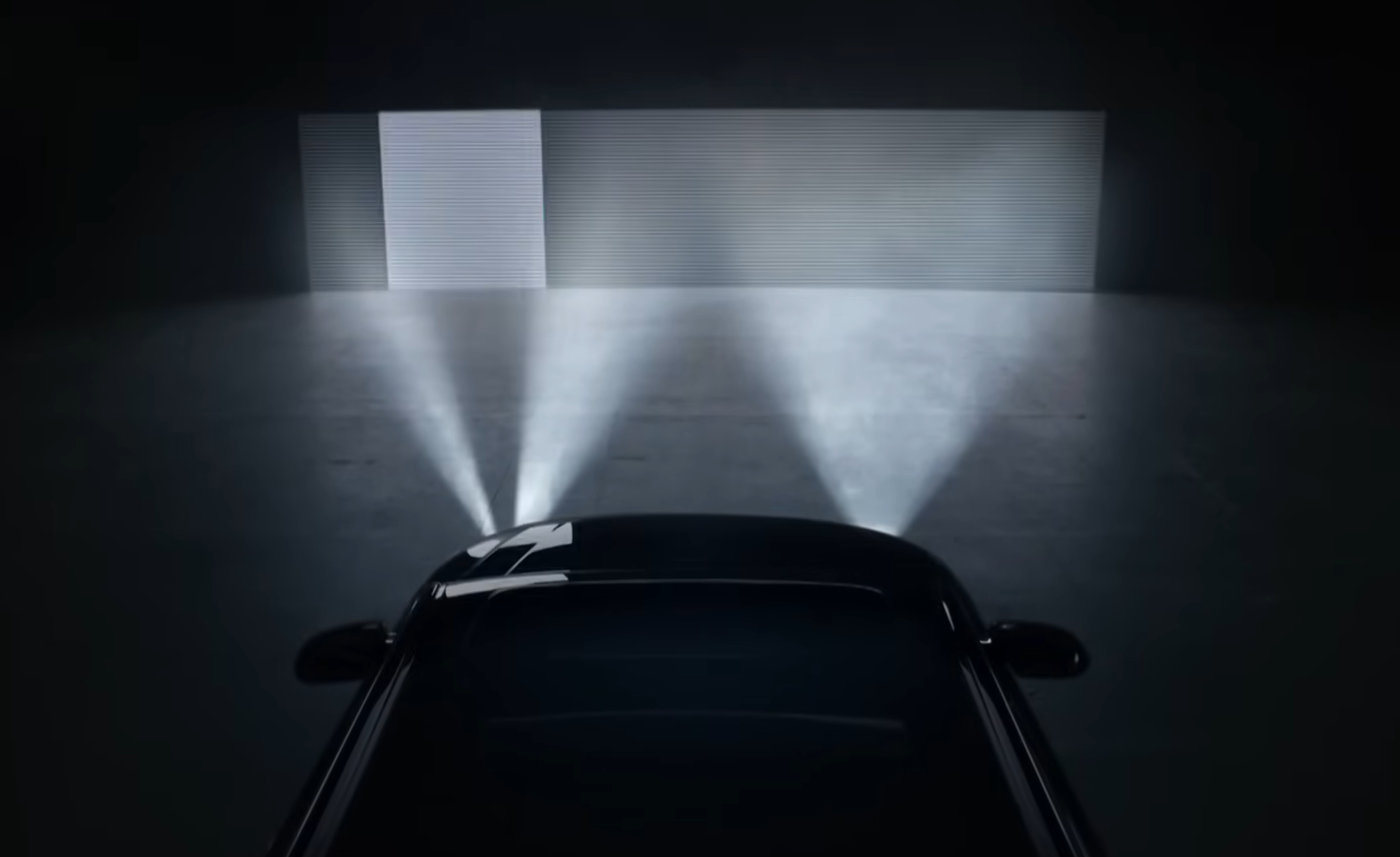
- Color Temperature: Choose a color temperature that suits your sight needs and comfort, with higher temperatures providing whiter light.
- Longevity: Opt for bulbs with a longer lifespan to minimize replacement frequency and maintenance costs.
- Heat Output: Be mindful of heat generation to avoid potential damage to your headlight assembly.
- Legal Compliance: Ensure the bulb meets local regulations and safety standards.
- Installation Complexity: Consider whether the bulb is easy to install yourself or requires professional help.
- Longer lifespan: Newer bulbs are more durable and last longer, offering better value for money.
Benefits of Upgrading Your Headlight Bulb
Improved Safety and Visibility on the Road
Better Visibility: Upgrading to LED or HID bulbs enhances your driving experience with brighter and more even light output. This improved illumination helps you see further and more clearly, making it easier to spot hazards and navigate dark or poorly lit roads.
Reduced Eye Strain: High-quality headlight bulbs produce precise and crisp beams of light, which reduce glare and minimize eye strain. A comfortable and less fatiguing driving experience is especially desirable during nighttime or long-distance trips.
Popular Headlight Bulb Options
Sylvania Silverstar Ultra: High-Performance Halogen Bulbs
The Sylvania Silverstar Ultra is a popular choice for high-performance halogen headlight bulbs. There are many models available for different vehicles. Here’s a brief overview of what makes them stand out:
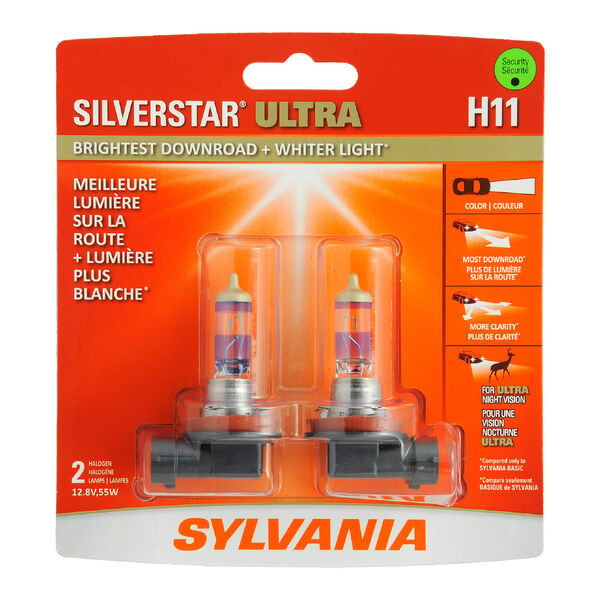
Features
- Brightness: Sylvania bulbs are designed to provide up to 50% whiter light compared to standard halogen bulbs, enhancing illumination and safety during nighttime driving.
- Color Temperature: They emit a whiter light with a color temperature of around 4,000 Kelvin, which helps improve contrast and clarity on the road.
- Beam Pattern: The Sylvania Ultra bulbs offer a broader and longer beam pattern, allowing drivers to see more of the road ahead and to the sides.
Benefits
- Enhanced Visibility: The increased brightness and whiter light of Sylvania help reduce eye strain and improve reaction times by making road signs, obstacles, and other vehicles more visible.
- Easy Installation: These bulbs are designed to be a direct replacement for your vehicle’s existing halogen bulbs, making installation straightforward and hassle-free.
Cost
The cost for a pair of Sylvania Basic Silverstar bulbs typically ranges from $40 to $60, depending on the retailer and any promotions or discounts available. The Sylvania basic halogen pair costs around 55$.
Where to Buy Headlight Bulbs
Conclusion
To replace your headlights, stick to the automotive bulb recommended by your car manufacturer. Consider the car model, types of headlights, housing, and compatibility if you’re planning an upgrade. Want to explore the market and weigh your options? Visit us here! We also provide expert consultations on headlights.
Get Expert Advice & Request a Quote on Headlight Upgrades Today!
Carlightvision provides an extensive selection of premium headlight bulbs designed to enhance your driving experience. Their LED headlight bulbs are known for their brightness and reliability, ensuring safer journeys.
When you shop with Carlightvision, you can enjoy the convenience of free shipping and a 90-day return policy, making it a hassle-free experience. Choose Carlightvision for top-notch automotive lighting solutions that prioritize your safety and satisfaction.
